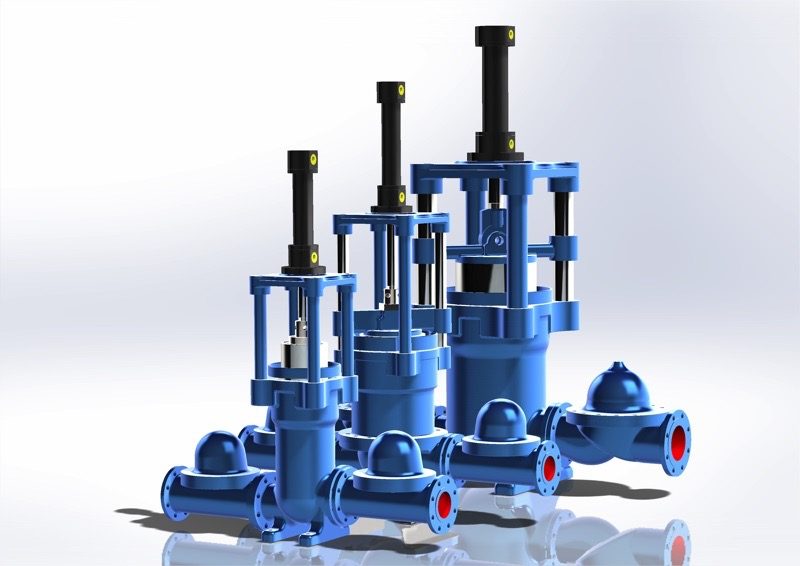

How does sloped framing affect the wind loads? It may be better to manually input the structure frequency when using semirigid diaphragms. It's imperative that the deck extend to the slab edge when using semi rigid diaphragms.Īdditionally, when the diaphragm is semirigid, this can affects the building natural frequency which, in turn, can affect the wind gust factors and pressures and total forces.

if the applied deck does not extend to the slab edge overhang, then the program will fail to find the edges to load and the total applied load will then be less than it should be. The Report - Loads and Applied Forces lists both values to be clear:įurthermore, when wind loads are applied to a meshed semi-rigid diaphragm only the windward and leeward edge nodes are loaded. This leads to more total force being applied (when using program generated wind loads) since all these edges are loaded based on the pressure, story height and mesh size. The total length of windward and leeward edges may exceed the exposure length when the slab edge has a return (like a "U" shaped structure) and the diaphragm is semirigid. Why is the total applied wind load on a semirigid diaphragm more or less than a rigid diaphragm? It's important to note that the program still sees this as a Live load and factors it accordingly, so some adjustments in the magnitude of the applied load or customization of the load combinations might be required. While there is no good work around for this limitation some users apply negative magnitude Live Loads in order to check the beams (or foundations) for uplift. No, the program only applies the total horizontal force for each story or diaphragm. The Report – Exposure Boundaries is useful for visualizing the exposed surfaces of the model in a compressed Elevation View. You can see the total force using Process – Results – Applied Story Forces, or Report - Loads and Applied Forces to see the intermediate wind pressure calculations. In version 15.04 a feature was added to make it easier to paste in forces from a wind tunnel test. User defined story forces may be used to apply Method 1- Simplified Procedure, Method 2- Analytical Procedure for Low Rise Buildings, or Method 3- Wind Tunnel Procedure. Program generated wind loads calculated per ASCE7-02 are service loads. Again, only Method 2-Analytical Procedure for Buildings of Any Height is implemented. For other types, it refers to Section 6 of ASCE 7-02 where three methods described above for ASCE 7-05 are mentioned. Section 1609 of IBC 2003 gives wind requirements specifically focused on a simplified procedure acceptable for enclosed, low-rise, simple diaphragm buildings having a height of less than 60 feet. Program generated wind loads calculated per ASCE7-05 are service loads. Among these methods, only Method 2-Analytical Procedure for Buildings of Any Height is implemented. Method 2 is further composed of two different provisions: a method for Low-Rise Buildings and a method for Buildings of Any Height. ASCE 7-05 includes three methods for wind load calculation: Method 1- Simplified Procedure, Method 2- Analytical Procedure, and Method 3- Wind Tunnel Procedure. It lists alternative methods and wind speed values. IBC 2006/2009 Section 1609.1.1 refers to Chapter 6 of ASCE 7-05 for Wind load requirements. Program generated wind loads calculated per ASCE7-10 are ultimate loads.

Only the directional procedure is implemented into the program. How are IBC/ASCE7 wind pressures calculated?ĪSCE 7-10 includes three different procedures for wind load calculation: directional, envelope, and wind tunnel procedure. Where the wind may hit more area, user defined loads should be used. The slab edge determines the exposure (Ram Frame – Loads – Exposure) and we assume some kind of vertically spanning cladding transfers the loads to the diaphragms. The program calculates a total force based on total exposure, considering one windward surface and one leeward surface per diaphragm. How is the wind typically applied to the model?


 0 kommentar(er)
0 kommentar(er)
